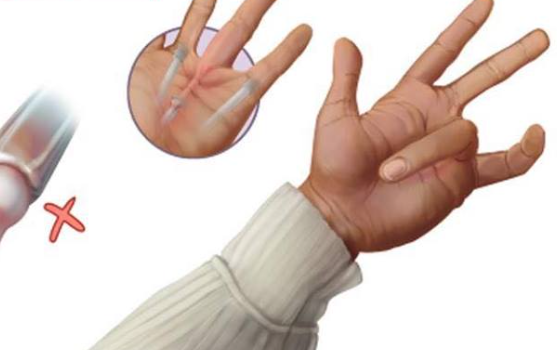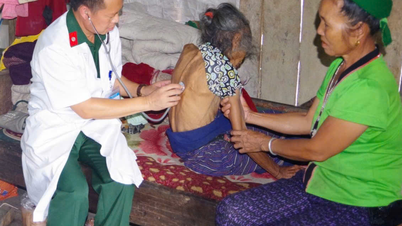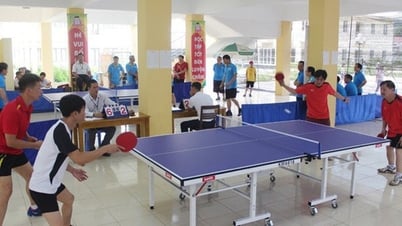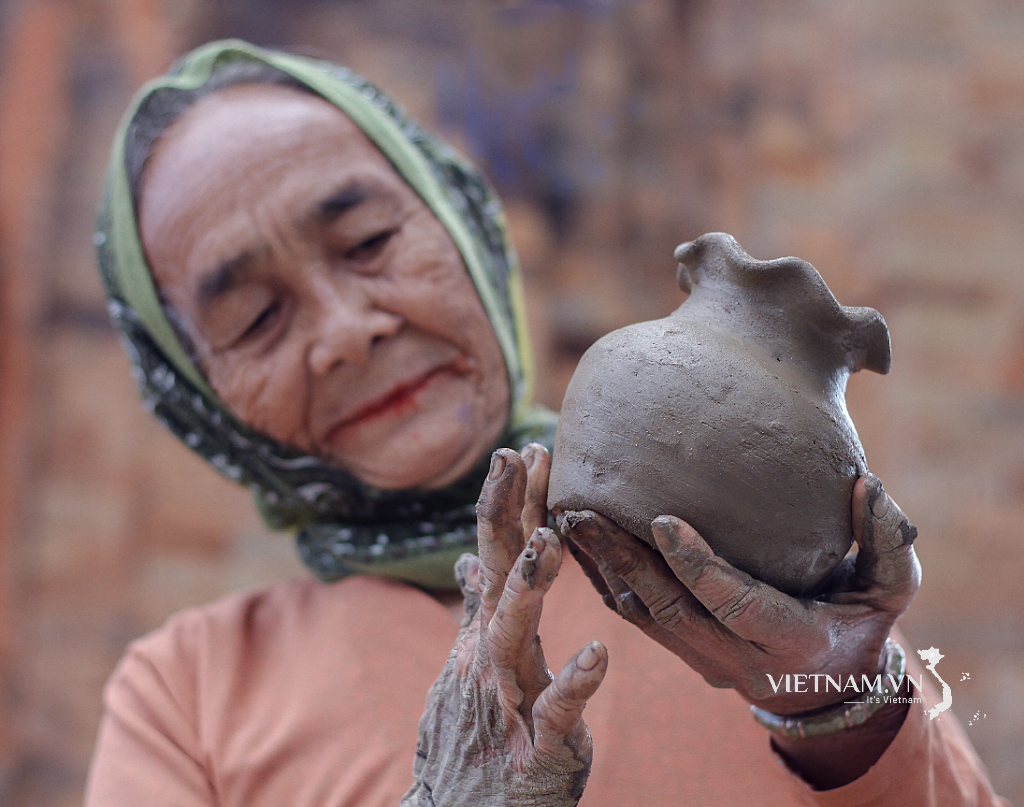Master - Doctor Nguyen Chau Tuan, Department of Internal Medicine, Musculoskeletal, University of Medicine and Pharmacy Hospital, Ho Chi Minh City, said that trigger finger is a phenomenon of inflammation or degeneration of the flexor tendon sheaths of the fingers, causing narrowing of the tendon sheaths, making it difficult for the flexor tendons to glide when flexing and extending the fingers.
Early signs of trigger finger syndrome
"There are many different symptoms to identify trigger finger. The most common sign that causes patients to come to the clinic is a stuck finger. For example, the patient cannot turn the finger up or down, but must use another finger to pull it out and hear a popping sound," Dr. Tuan shared.
There are earlier signs, for example, the patient may feel pain and fatigue in that tendon area. Then there will be a phenomenon that when we bend the finger, it will be a little difficult. Later, if there is no treatment or improper treatment, the finger will contract more, leading to a stuck condition, and another finger will have to be pulled out.
Causes of 'trigger finger'
According to Dr. Tuan, any cause of inflammation or degeneration of tendons can lead to trigger finger. Some occupations are quite specific, such as farmers, hairdressers, craftsmen, etc., who have to perform repetitive movements and move a lot. This is one of the causes that can lead to "trigger finger".
The second cause may be due to hand injuries during physical activity or sports . This can also lead to trigger finger.
Other causes include systemic conditions such as diabetes, or conditions such as arthritis. Rheumatoid arthritis, for example, can cause inflammation that affects many structures in the body, one of which is the tendons.

Trigger finger syndrome illustration
PHOTO: BVCC
Measures to prevent and limit severe progression
The disease progresses through three main stages. In the early stages, the flexor tendons of the fingers begin to become mildly inflamed, and the patient usually only feels a transient pain in the affected finger area, with no obvious signs of limited mobility. If not treated early, the disease progresses to stage 2, when the tendons begin to thicken, hindering the process of flexing and extending the fingers. The patient feels that the finger is "stuck", making it difficult to fully extend it, and sometimes has to use the other hand to pull the finger out.
In stage 3, the condition becomes more serious when fibrous nodules or calluses appear on the tendon area, making it almost impossible to bend or straighten the finger. At this stage, finger movement is significantly limited, causing many difficulties in daily life and work. Therefore, early detection and intervention are very important to avoid serious complications.
Doctor Tuan said that for people who work in specific occupations, the movements are repetitive, so they should have a suitable exercise, living, resting and eating regimen. For example, if we work for about 15 - 20 minutes, we should rest a bit so that our tendons and hands can relax. If a person has underlying diseases such as diabetes or arthritis, they should be monitored and re-examined so that doctors can control the underlying disease properly. Traumatic movements and excessive force on the hands should be avoided. Combining the above factors can help prevent and limit the progression of the disease.
Source: https://thanhnien.vn/bac-si-hoi-chung-ngon-tay-lo-xo-la-gi-185250528224134886.htm





































































































Comment (0)